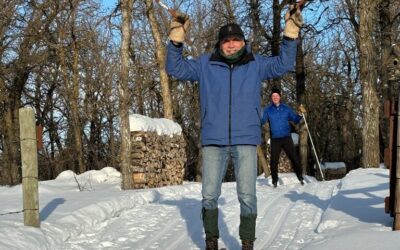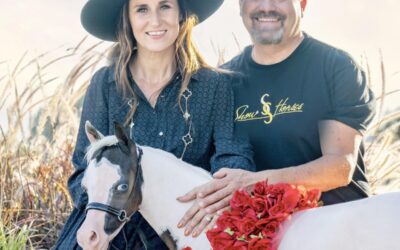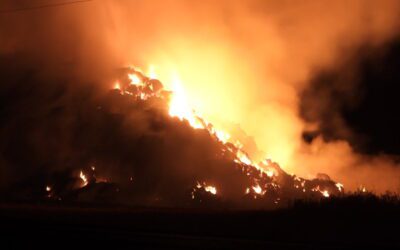by Lawrence Lannoo
(We continue our discussion of wild pigs this week with the first-hand knowledge and experiences of an area farmer.)
When he hears the term, “wild pigs,” which includes both wild boars and sows, Cypress River farmer Ken Harpelle has a real-life understanding of the concept.
His experience was so profound that, about ten years ago, a television crew travelled to his farm, north of Cypress, to cover the subject for their newscast.
“Wild pigs are as intelligent as we are,” he said in a phone interview. “You see them very seldom, but they destroy everything where they eat.
“They rip it to shreds.”
Harpelle said you will rarely see them in the daytime, as they seem to prefer coming out at night.
The best time of year to see the animals is in the Fall, he added, when deer hunters pushing bush scare them out of hiding and they are seen by people in the area.
That is also the season when you will see the damage they can cause to a farming operation, Harpelle said.
“You work the fields out here in the Fall,” he explained, “and when you are swathing you see the damage done by them in the crops.”
Harpelle said the intelligence of wild pigs is apparent in the way they do damage to a field.
Their method is to never attack the rows of crop on the outside of the field or along the roadway, he said, but they instead stick to the interior of the area, shielded by the outside plants, such as the tall growths of corn.
“When the television crew arrived, I took them to my corn field that was partially destroyed,” Harpelle remembered. “There was five-to-six acres totally destroyed that year, and I mean 100% destroyed.”
He said corn plants, once ten-twelve feet high, were reduced to six-inch stumps.
Harpelle noted pigs in general never really look “up” when they see the world, with their eyesight stopping at around three feet above the ground.
That does not stop them from tearing down plants much taller than their perception of the world.
“As soon as the corn cobs start to ripen and tip in the Fall, then they can see them better,” he said, “and they knock it over and go after the cobs, breaking everything down.”
Harpelle noted most wild sows he has seen were in the 300 pound range for weight, with the boars capable of more than doubling that number.
Combine that size with its low-to-the-ground stature, and the four-five inch tusks on both the males and females, and you have an efficient wrecking machine for your crop, he added.
As for where they will be found on the Manitoba prairie, Harpelle said wild pigs will never travel far from water sources such as lakes.
He noted, in the summer, pigs do not sweat and need lots of water so they can roll around in the mud to cool themselves off.
Wild pigs grunt when they move around, Harpelle said, and they are more likely to squeal when they are hurt or injured.
Regarding the danger wild pigs present humans, Harpelle said they are mainly a problem if they are cornered.
“Wild pigs are pretty scared of humans,” he said. “They won’t attack unless provoked.”
In any case, being charged by one of the pigs is an unpleasant experience.
“They are like a freight train if they knock you down,” he said. “A lot of wild pig hunters in the States have dogs that hunt them, and they put Kevlar vests on the dogs so they don’t get destroyed by the pigs.”
The meat from wild sows is particularly tasty if they are young, Harpelle said, while that of the older boars is “stinky.”
In terms of natural predators, Harpelle said a coyote could not take down a wild pig, though a wolf might if it is working with other wolves in a pack.
He said, “A cougar might be able to take one down, but those pigs are so tough.”

View the PDF file of the paper under Online Edition. Subscribe to the online edition for $55.00 per year. Go to the “member signup” to start the process.





